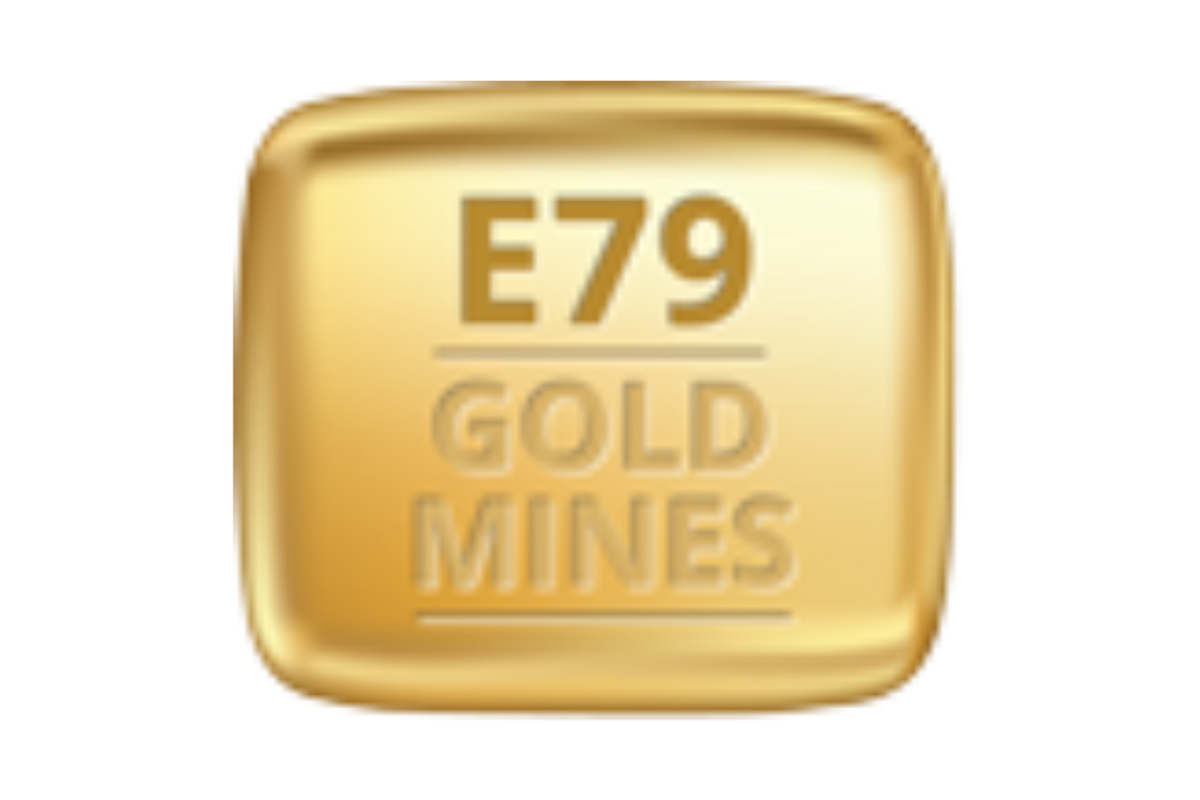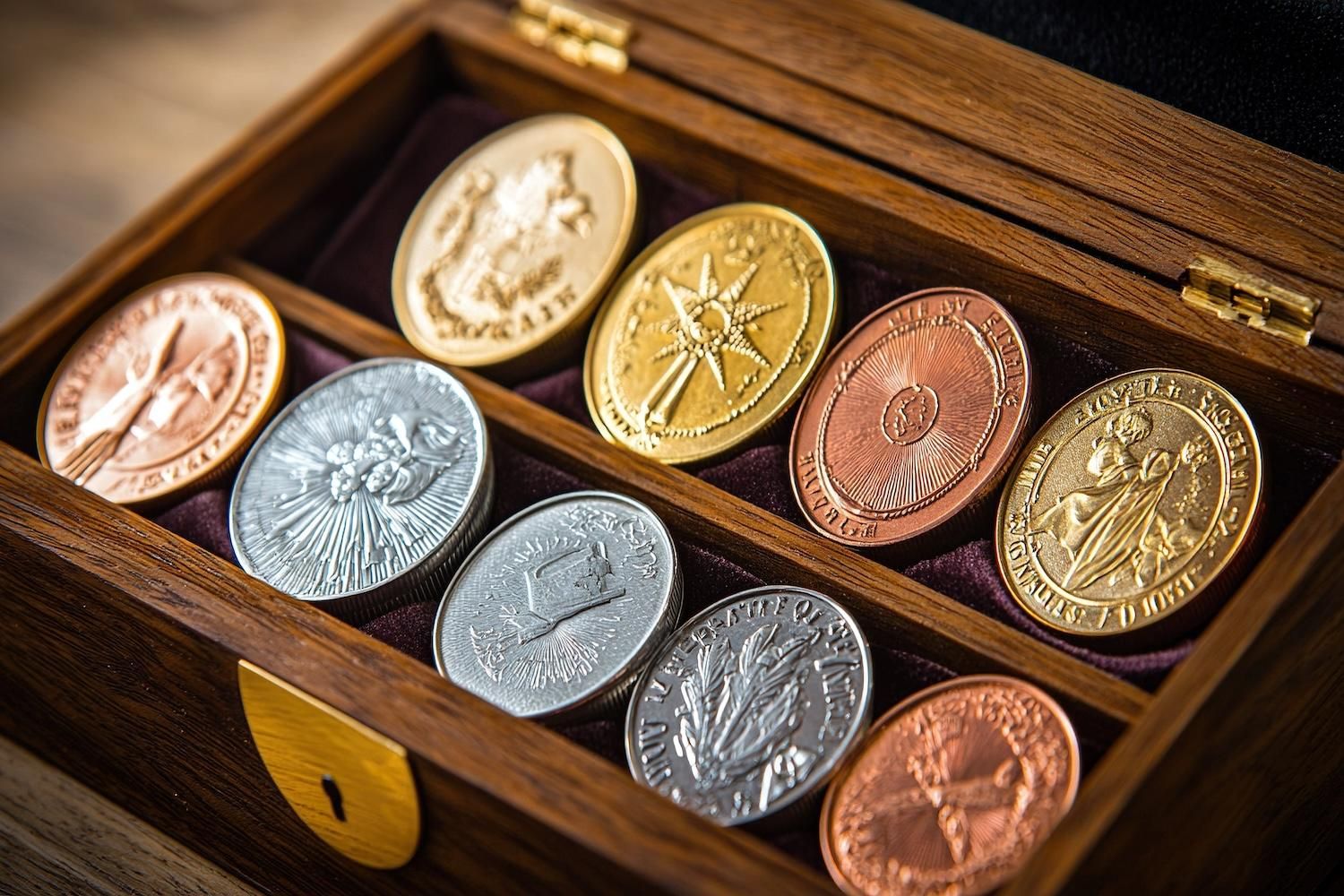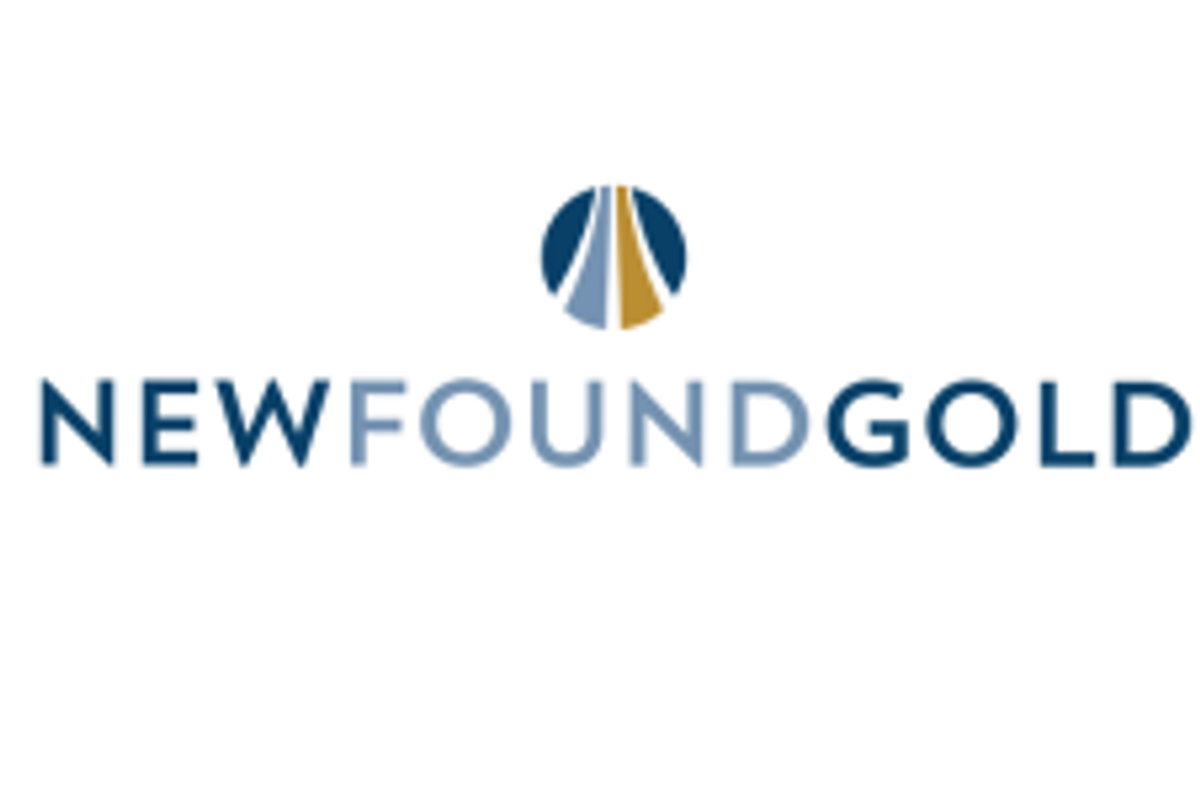
February 10, 2025
Emerging gold discovery on E79’s tenement boundary with KalGold
West Australian-based explorer E79 Gold Mines Limited (ASX: E79) (‘E79 Gold’ or ‘the Company’) is pleased provide an update on exploration activities at the Laverton South Gold Project in Western Australia.
- Recent drilling by Kalgoorlie Gold Mining Ltd (KalGold) (ASX: KAL) on an adjoining tenement to E79 Gold’s Laverton South Project highlights a potential emerging gold discovery, called Lighthorse.
- Recently announced drilling results by KalGold have returned thick, shallow zones of gold mineralisation with results including1,2:
- 8m @ 2.29g/t Au from 60m (KGAC24045) – located ~40m from the E79 Gold/KalGold tenement boundary; and
- 17m @ 4.81g/t Au from 48m (KGAC24152) – ~550m from the E79 Gold/KalGold tenement boundary.
- Structural trends, host stratigraphy and drill targets strike towards E79 Gold-owned tenements, where there has been no drilling to date.
- Planning is underway for aircore drilling to drill test the newly identified targets on the E79 Gold tenure late in the March Quarter.
E79 Gold CEO, Ned Summerhayes, said: “The great work done by KalGold to make the greenfields Lighthorse gold discovery is very exciting for E79 Gold, with shallow intercepts of strong gold grades in drilling so close to our tenement boundary and the two main extensions to the mineralisation interpreted by KalGold both trending onto our tenure. There is no drilling on our side of the tenement boundary and, in light of this exciting breakthrough, we will move quickly to drill test these walk-up targets.”
Laverton South Projects
Lake Yindana (100%) and Pinjin (100%)
The Laverton South Project, with an area of 272km2, covers a southern portion of the Laverton Tectonic Zone (‘LTZ’) approximately 130km east-northeast of Kalgoorlie, within the major gold producing Archean Yilgarn Craton of Western Australia.
The LTZ is one of the world’s richest gold belts with more than 30 million ounces (‘Moz’) in historical production, reserves and resources and hosts numerous prolific deposits including Granny Smith (5.8Moz), Sunrise Dam (10.3Moz) and Wallaby (11.8Moz)3.
Neighbouring company, Kalgoorlie Gold Mining Ltd (ASX: KAL) (KalGold) has recently released significant assay results from drilling at an emerging greenfields gold discovery called Lighthorse, in a structure parallel to the LTZ.
The discovery sits to the west of KalGold’s Kirgella Gift/Providence deposits (2.34Mt @ 1.0g/t Au for 76,400 ounces4) and to the immediate east of E79 Gold’s tenure, see Figure 1).
The discovery holes at Lighthorse are interpreted by KalGold to define a zone of mineralisation up to 600m long and 200m wide under transported cover, which is open both at depth and along strike. This new ‘blind’ discovery sits between 40m and 550m east of E79 Gold’s Pinjin Project.
The main Lighthorse mineralised structure trends north-west into E79 Gold’s tenure, creating the North Target (see Figure 1), which sits in a zone of structural complexity with a structural offset and interpreted demagnetisation evident in the regional aeromagnetic data. There has been no historic drilling over the North Target in E79 Gold’s tenure.
A second cross-cutting mineralised structure strikes south-west, creating the South Target. The regional aeromagnetic data shows this south-west trending zone extending into the E79 Gold tenure, where again there has been no previous drilling in E79 Gold’s tenure.
Both of these targets will be the focus of an upcoming aircore (AC) program at the Laverton South Project, planned for the end of the March Quarter.
Click here for the full ASX Release
This article includes content from E79 Gold Mines Limited, licensed for the purpose of publishing on Investing News Australia. This article does not constitute financial product advice. It is your responsibility to perform proper due diligence before acting upon any information provided here. Please refer to our full disclaimer here.
The Conversation (0)
24 December
What Was the Highest Price for Gold?
Gold has long been considered a store of wealth, and the price of gold often makes its biggest gains during turbulent times as investors look for cover in this safe-haven asset.The 21st century has so far been heavily marked by episodes of economic and sociopolitical upheaval. Uncertainty has... Keep Reading...
24 December
Blackrock Silver Announces C$15 Million Strategic Investment by Two Cornerstone Purchasers
Blackrock Silver Corp. (TSXV: BRC,OTC:BKRRF) (OTCQX: BKRRF) (FSE: AHZ0) ("Blackrock" or the "Company") is pleased to announce a non-brokered private placement (the "Offering") of up to 13,636,363 units (the "Units") at a price of C$1.10 per Unit for gross proceeds of up to C$15,000,000. Each... Keep Reading...
24 December
Gold Price Hits New Record, Breaks US$4,500; Silver, Platinum Also at All-time Highs
Gold marked a new price milestone on Tuesday (December 23), continuing its record-breaking 2025 run. The spot price rose as high as US$4,511.83 per ounce, hitting that point at 4:04 p.m. PST. Don't forget to follow us @INN_Resource for real-time updates!Securities Disclosure: I, Charlotte... Keep Reading...
23 December
From Gold Coins to Copper Tools: Unique Festive Gifts for the Metals Investor
With pumpkin spice in the air, thoughts are turning to the biggest event of the year… No, not the curling championships — Black Friday and the start of the gifting season.Here at the Investing News Network, our team aims to provide relevant information to help readers make informed investment... Keep Reading...
22 December
TomaGold Intercepts 6.68% ZnEq (1.57 g/t AuEq) over 48.05 Metres, including 39.03% ZnEq (9.15 g/t AuEq) over 2.90 Metres at Berrigan Mine and Identifies a Major Hydrothermal Footprint
TOMAGOLD CORPORATION (TSXV: LOT; OTCPK: TOGOF) (“TomaGold” or the “Company”) is very pleased to announce the initial assay results from drill holes TOM-25-009 and TOM-25-010 at its Berrigan Mine project located in the Chibougamau mining camp, in Québec. These are the first two of seven holes for... Keep Reading...
Latest News
Interactive Chart
Latest Press Releases
Steadright Grants Stock Options
24 December
Silverco Confirms No Material Change
24 December
Related News
TOP STOCKS
American Battery4.030.24
Aion Therapeutic0.10-0.01
Cybin Corp2.140.00





